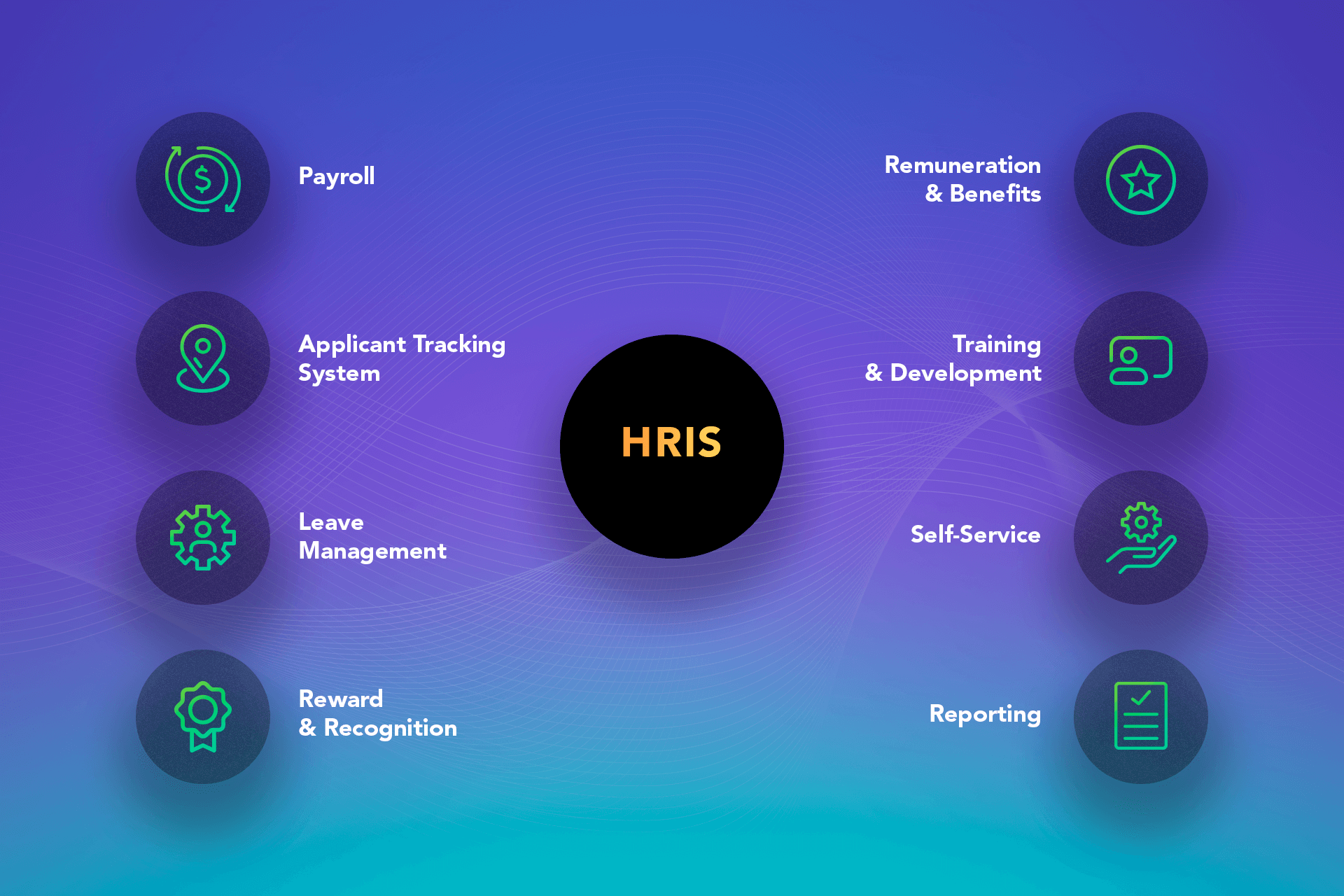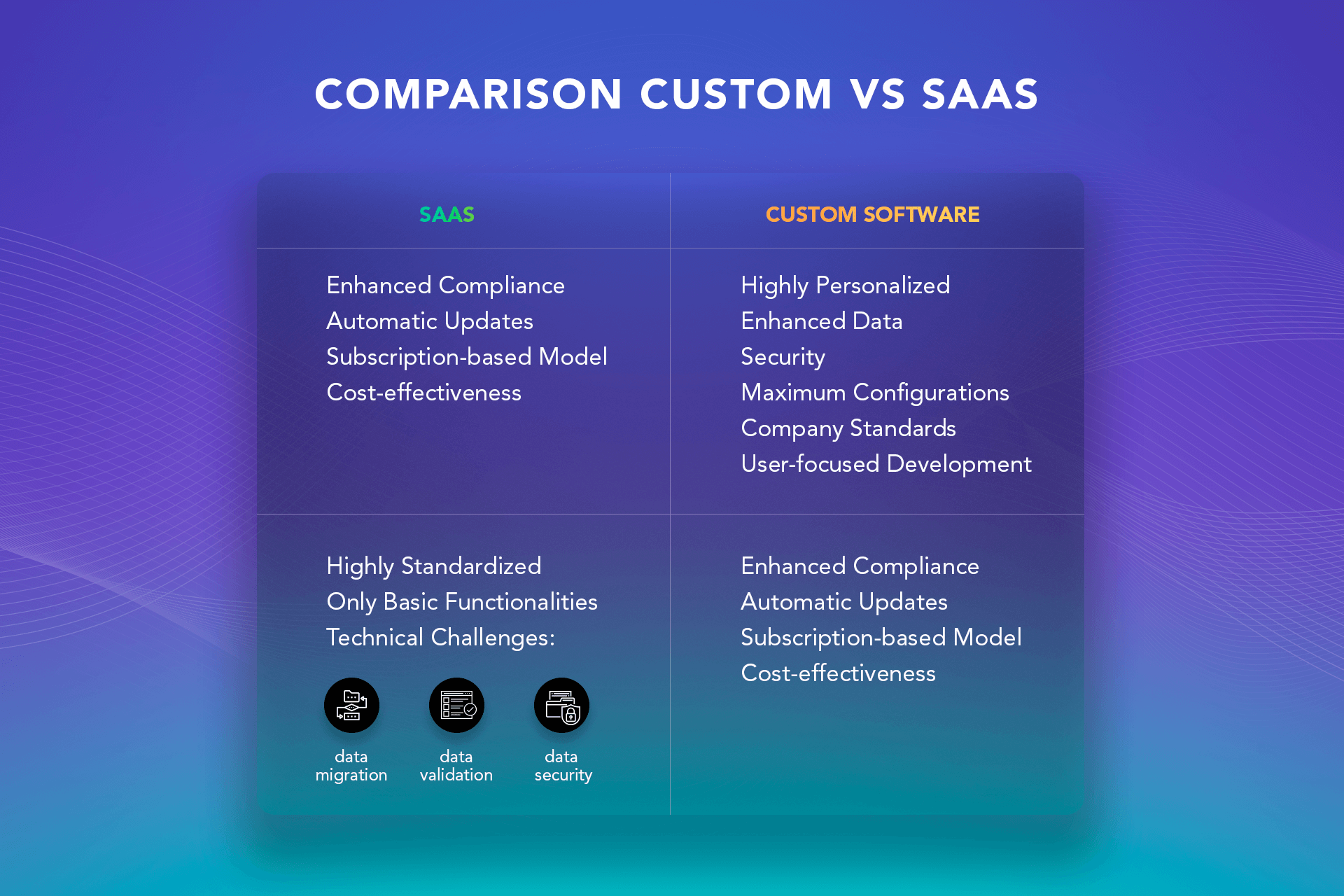“To win the marketplace, you must first win the workplace.”
Doug Conant, СEO
Digital tech innovations open new opportunities for HR with cutting-edge HR Management software, making HR processes more efficient and highly automated. In today’s world, to effectively manage human resources, more and more companies have started to rely on IT applications, whether on-premise or SaaS HR Management Software.
According to a study run by KPMG, two out of every three interviewed HR managers claim that the sector is experiencing a digital transformation. Furthermore, 49% of surveyed companies have invested in HR management software, with approximately two-thirds of these companies (32%) giving preference to cloud solutions.
The evolution of various HR online systems makes it possible for companies to run traditional HR processes and operations in a reduced time span and with a focus on attracting the right candidate. Human Resource Information Systems (HRIS), Human Resource Management Systems (HRMS), Human Capital Management (HCM), as well as customizable HR systems and SaaS HR Management software, overfill the market. However, the existence of a tremendous pool of various cutting-edge HR online systems makes it difficult for companies to evaluate the vendors and solutions in their search for the right human resource software.
The McKinsey Global Institute claims that “nearly half of all [HR] work could be automated with current technologies.”
HR Management Software: The Needs Cycle
All businesses are different and, therefore, have specific needs and interests. To gain the most out of the applied HR online systems, a company must first identify its prime objectives that largely depend on the company’s growth stage.

If a company is small, it does not need the full specter of functionalities required by medium or large-size companies. A small enterprise with 1-15 employees may need only core HR functionalities, such as payroll, personnel tracking, and attendance systems. By contrast, a company at a growing stage with 15-50 workers, in addition to core HR systems, requires applicant tracking, performance management, and benefits administration. Software for the optimization of HR operations of large companies, in addition to basic functionalities, often includes applications for onboarding, compensation, and learning management.
According to Gartner, by 2020, 30% of organizations with more than 2,500 employees will have invested in an integrated HR service management solution.
What software does HR use?
- Human Resource Information Systems (HRIS)
- Human Resource Management Systems (HRMS)
- Human Capital Management (HCM)
Read more about using Augmented Analytics in Business.
HR Management Software: HRIS, HRMS, HCM
The explosion of the HR market in recent years has confused the related terms, namely, HRIS, HRMS, and HCM. Human Resource Information Systems (HRIS), Human Resource Management Systems (HRMS), and Human Capital Management (HCM) are three different types of HR software, each incorporating a different set of functionalities.
HRIS
HRIS is the most foundational solution for HR management, referring particularly to an employee database aimed at record keeping. It includes core HR modules, such as payroll processing, applicant tracking system, leave management, reporting, etc.

HCM
HCM takes HR management a step further. In addition to the basic functions provided by HRIS, it provides talent management-focused systems, including onboarding automation, performance management, benefits administration, salary benchmarking, etc.

HRMS
The most extensive HR solution is HRMS, as in addition to the functionalities provided by HRIS and HCM, it includes such features as Talent Optimization, Talent Acquisition, and Talent Management (Time, Labour).

“As technology continues to transform the world, HR clearly must be part of that change, embracing robotic automation and other technologies that promise greater efficiency, superb customer service and significant cost savings.”
McKinsey
HR Management Software: Essential Modules
Human Resources Profile includes several process areas that undergo regular HR audits enabling companies to comply with labor and employment laws and stay up to date.
Human Resource audit checklist:
- Recruitment
- Onboarding
- Talent management
- Training and Development
- Performances
- Employee Relations
- Budgeting
- Strategic Planning
- Compliance with Law and Regulations
Based on the standard HR audit checklist, companies can identify which modules to implement into their HR Management software to adapt it to their specific needs, ensure compliance with the most current legal requirements and reduce the risk of litigations.
Read more about UI/UX Design.
- Payroll
The Payroll module is designed for automating payroll reports and processing employee compensation based on current wage and salary rates and. The payroll system estimates total compensation and debit of the company bank account, as well as manages tax compliance.
- Personnel Tracking
Personnel Tracking refers to the management of employee personal data, including name, contact information, work history, certifications, etc. Personnel Tracking system stores relevant information in the employee database system, which can be easily accessed by authorized users.
- Attendance Tracking
The attendance Tracking function allows to easily track paid time off, vacation, as well as real-time attendance records. Additionally, it includes self-service (ESS), such as, for example, time off that can be requested by employees themselves.
- Applicant Tracking System/Recruitment
Applicant tracking systems (ATSs) are applied in Recruiting and help companies to source job applicants by tracking candidates’ performances during the hiring process. Moreover, they allow better communication with applicants, as the system can generate tailored emails and schedule interviews. Candidates who are pleased with the hiring process are more likely to accept a job offer.
- Performance Management
An HR online system with an embedded Performance Management Module automates performance review processes, making it easier for companies to evaluate employees’ input into companies’ development.
- Benefits Administration
With Benefits Administration systems, management and tracking of employee benefits, such as paid time off, retirement accounts and health insurance, become much easier.
- Onboarding System
By handling important onboarding processes, the Onboarding System speeds up the adaptation of new recruits. Fresh hires are provided with essential information about their roles, teams, and company policies.
- Compensation management
Compensation management analyzes such metrics as payments, incentive programs, commissions, bonuses, as well as salary planning, thus providing companies with informative insights into their performances.
According to Zippia, 80% of the interviewed employees admitted that they would work more if they felt their efforts were appreciated.
- Learning Management
With Learning Management embedded, HR online system can keep track of all relevant training and development courses for employees, helping companies to ensure the professional growth of their employees. According to research from KPMG, this is extremely important since 22% of employees name a lack of professional development as the reason for leaving their jobs.
- Leave Management
Leave Management provides employees with an up-to-date view of their leave entitlements and ensures company compliance with all federal and state regulations.
- Talent Acquisition
Talent Acquisition automates sourcing and applicant tracking processes and facilitates consistent communication with candidates. Moreover, the Talent Acquisition system offers effective talent acquisition methods, such as automated job board posting, as well as innovative recruitment approaches, including mobile portals, career microsites, and social media recruitment.
- Talent Optimization
Talent optimization is focused on the collection, analysis, and application of people’s data. The core of this module is in-depth analytics of employees’ data that allows for predicting potential candidate behavior and helps to identify the right candidates, motivate goal-driven teams, as well as manage people according to their unique preferences.

Custom HR Management System vs. SaaS
Today’s broad HR Management software market is dominated by two major trends, namely SaaS and customized solutions.
Software-as-a-Service (SaaS) application refers to any software that is not located on the company premises and is remotely managed by a third-party vendor over the Internet. SaaS HR online systems are run in the cloud. Their resources are provided remotely and do not depend on a specific location. The HR Management software can be accessed from any device through any internet browser. SaaS is a kind of one-size-fits-all solution that mostly covers only the basic needs of HR management.
The alternative is a customized HR online system, which is tailored to the specific needs and goals of the company. Customized HR Management Software is designed to cater to the unique requirements of the company’s various departments, meet the company’s needs and manage the people assets in accordance with the company’s corporate standards.
Depending on the company’s size, needs, and goals, a particular option may be more or less suitable. However, various types of research indicate a major shift towards highly customizable HR software solutions.
Read more about the Modernization of Legacy Systems.
Custom HR Management System
Software customization is the process of developing a tailor-made application that is designed to meet the particular needs of a company. Therefore, customized HR online systems are highly personalized and tied to the already existing company requirements and standards. User-focused development of customized HR online systems makes their application intuitive, easy to use, and branding to the company’s style. Moreover, customization allows adding a number of functions to an HR online system, developed and based on best HR practices and market standards.
Another important aspect of customized systems is data security. As a rule, customized HR internal software has an embedded data protection system that guards the HR internal system against data breaches. By contrast, SaaS applications appear to be more vulnerable in this respect.

What is an Internal HR System?
An internal HR system is a software system that manages the company’s internal HR processes and operations within one platform.
However, compared with SaaS, software customization requires more time and cost commitment. Additionally, a customized HR system does not automatically update itself. So, if a company intends to update its software, it will still require additional support from internal or external IT teams.
SaaS HR Software
An alternative to customized HR online systems is SaaS-based HR Management software. Based on a cloud-based distribution model, the software is managed by a third-party vendor and can be accessed via the Internet. Therefore, the implementation of this solution does not entail large upfront costs and time investment. Launching a SaaS HR online system requires less effort in comparison to the customized solution, but it also has some technical challenges connected with data migration, data validation, and data security. Besides, SaaS-based HR Management software also offers automatic updates, allowing to better comply with all changes in laws and regulations. However, SaaS is highly standardized and mostly covers only the basic needs of HR departments, which may make it less efficient compared with a customized HR service.

Softengi has developed a customized HRIS for the World Bank, providing its HR department with such functionalities as employee management, personnel onboarding, training and development system, payroll and compensation management, etc.
Developed for the Republic of Tajikistan, the software simultaneously supports up to 10,000 users, geographically spread across the country.
The HR internal system offers:
- Enhanced Security. An on-premise model provides the company with a great level of security in comparison with SaaS solutions.
- Support of 22.000 users, simultaneously located in geographically various regions.
- Short Response time. Despite a large amount of users (more than 22k), the system response time does not exceed 7 seconds.
- Intuitive and user-friendly UI/UX design makes it attractive to users.
- Analytical reports generated by the HRMS system provide comprehensive and appealing visualization results in data-driven tactical decisions.
Final Word
Management of HR is going through a digital transformation. Most processes that recently were done only manually are now automated by advanced HR online systems, the most widespread of which are HRIS, HRMS, and HCM. Based on its needs and goals, a company may choose HR Management software with more or fewer functionalities. As regards the implementation of the HR online system, the choice is between the two trends that dominate the broad HR software market – SaaS and customized solutions.






